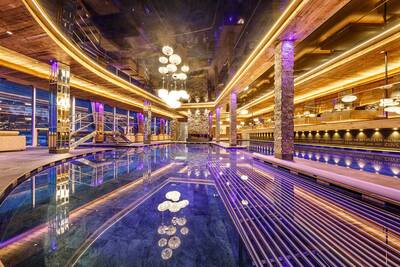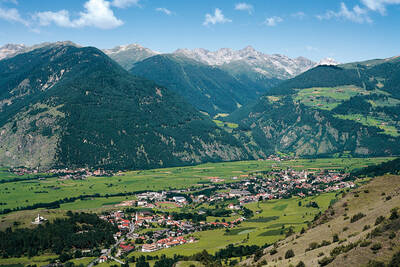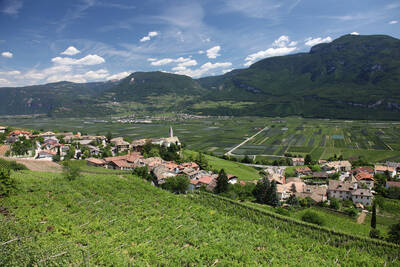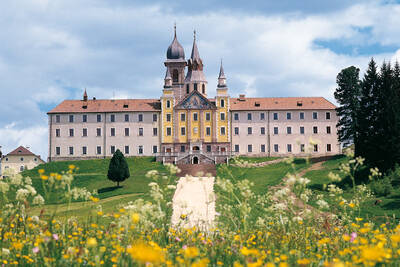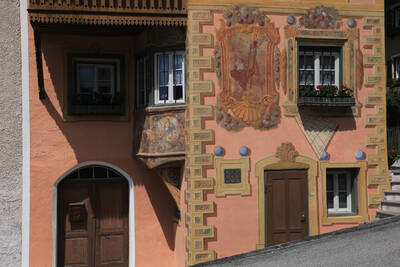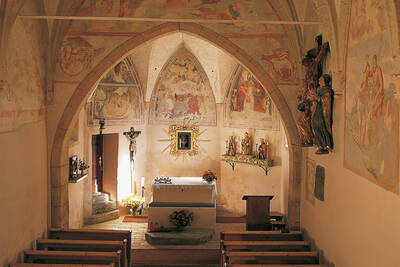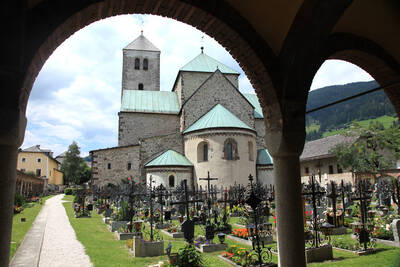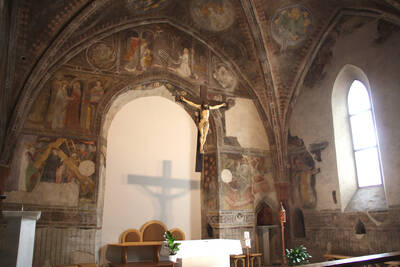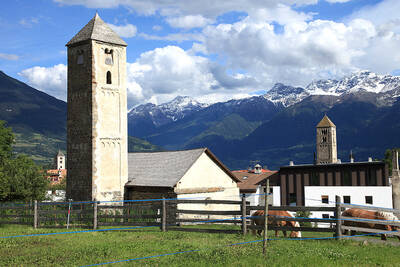At the site of today's cathedral, there was already an assembly house, a so-called Domus, in early Christian times, which was then expanded into a basilica in the 5th and 6th centuries. After the upheavals of the migration period, the economic and cultural rise of Bozen to a trading city of supra-regional importance followed from the Carolingian period. This improved status was also to be reflected in the construction of a new church, which was intended to be both a symbol of faith and a sign of the power of the emerging bourgeoisie. In 1184, this construction began under the direction of Lombardian master builders, who had previously planned the cathedral of Trento. This Romanesque basilica was completed in 1222, traces of which are still visible today in the vestibule, the presbytery, and the south portal.
Only 100 years later, the Romanesque building was already considered outdated, and plans were made for a new Gothic church. The master builders this time came from Swabia and were under the direction of the architect brothers Schiche. Reddish (Bozner) and yellowish (Unterlandler) sandstone was used, the Romanesque apses gave way to a new choir, windows and doors were designed in the new style, as were the impressive gargoyles. In 1517, the 65m high bell tower was finally completed. The – also – Swabian master builder Hans Lutz von Schussenried had placed his characteristic openwork and delicate spire on the Romanesque tower, which is considered a masterpiece of late Gothic.
The interior of the Bozen Cathedral impresses with its simple elegance. The highlight is certainly the magnificent pulpit, which Hans Lutz allegedly made by hand. In the vestibule, there is a fresco "Madonna with Child," which is said to be by Michael Pacher. Unfortunately, only a few remnants of the frescoes inside the church have been preserved, as the cathedral was heavily damaged during World War II by Allied bombings. Many frescoes and a large part of the old stained glass windows were destroyed forever, only the bell tower remained completely undamaged. In the course of the reconstruction after 1945, the remains of the early Christian church were also discovered.
The Bozen Cathedral is now both a tourist attraction and the spiritual center of the diocese. By the way, the cathedral treasury, which is exhibited in the diocesan museum, is also worth seeing.







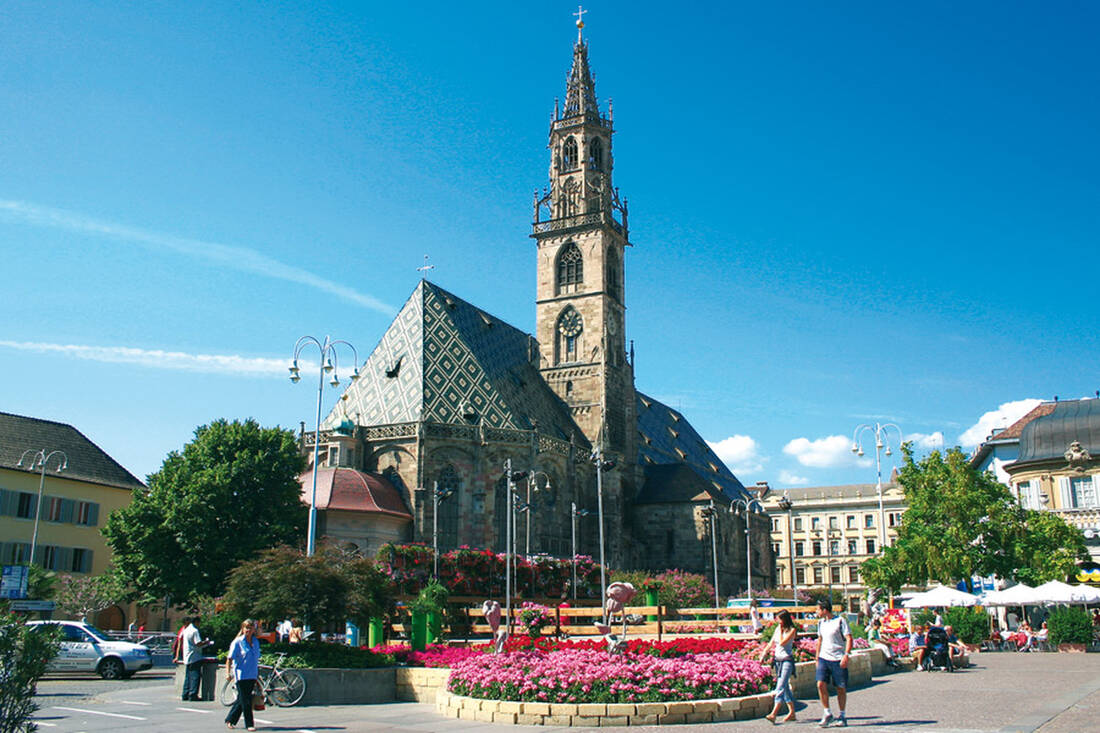
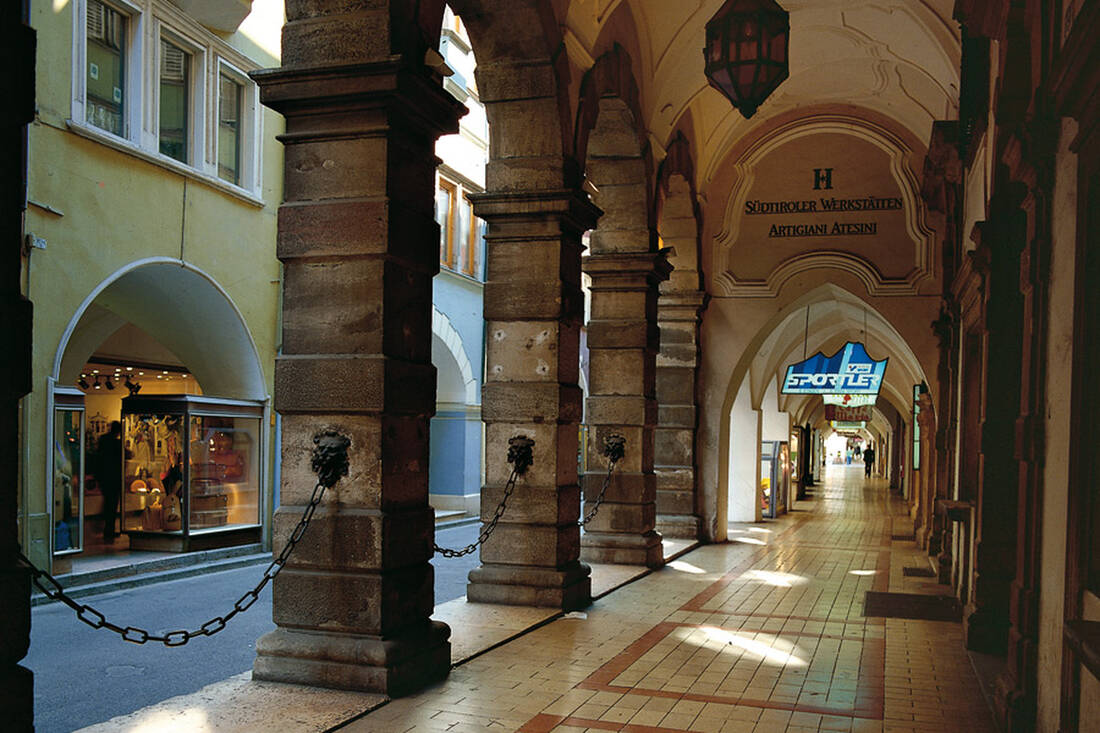
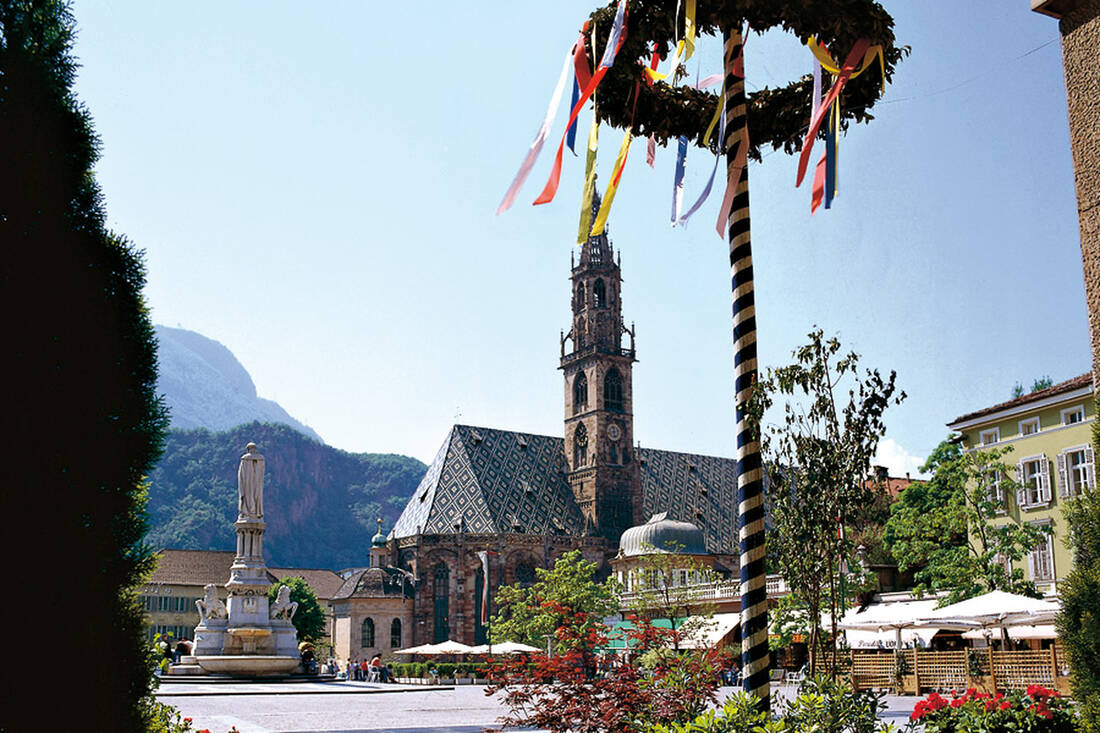
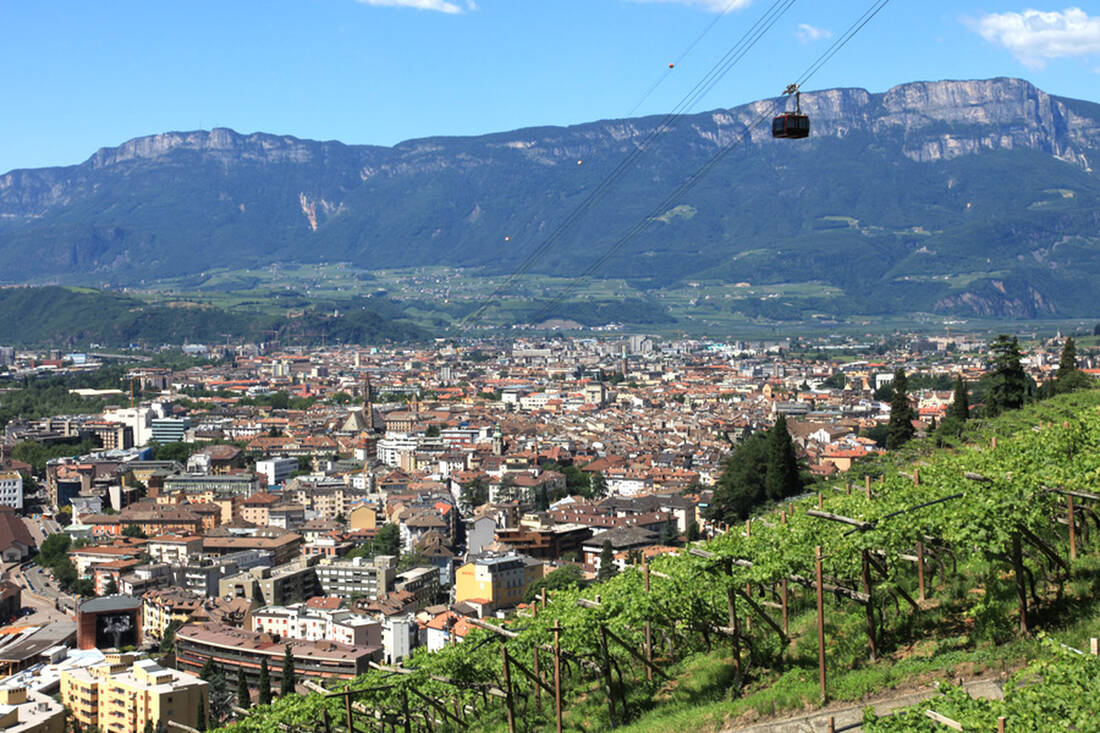
 How do you like the content of this page?
How do you like the content of this page?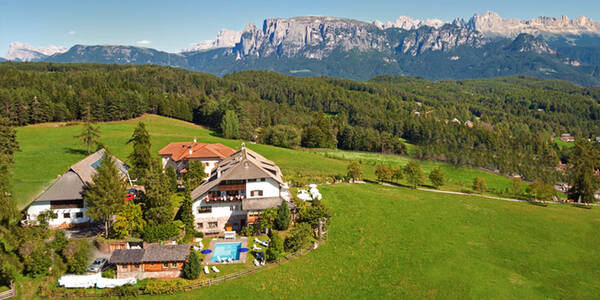





 notice
notice


